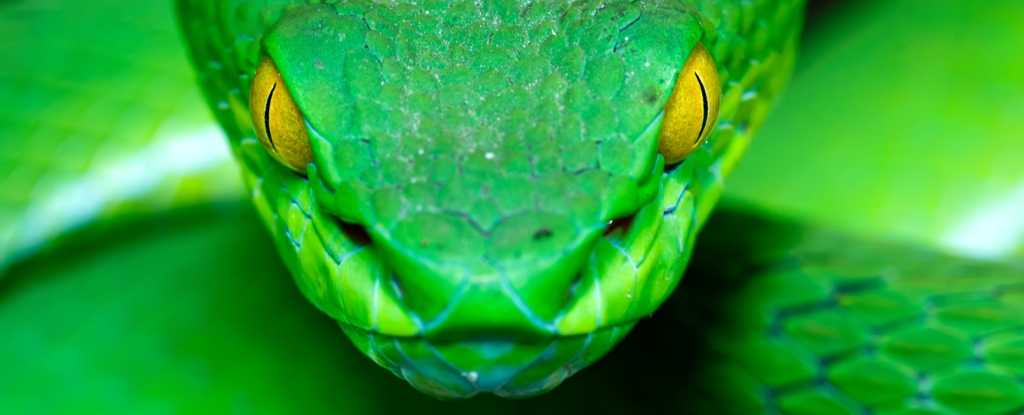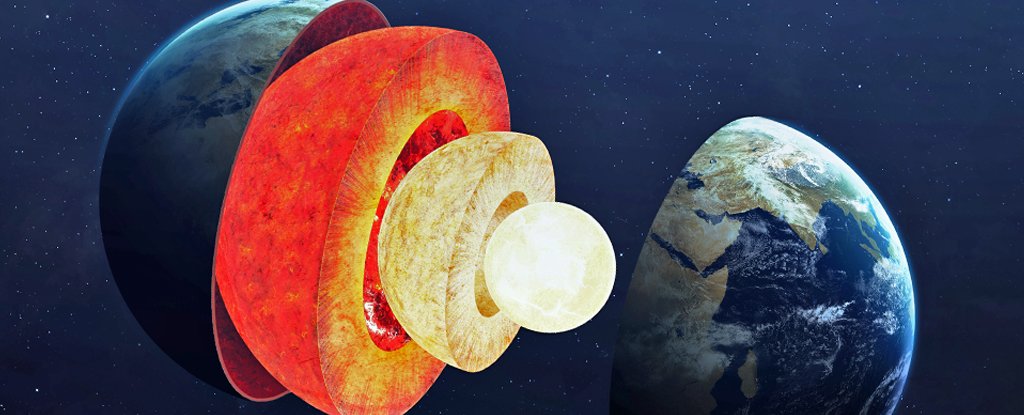An asteroid, identified as 2022 WJ1, exploded in a bright green fireball above southern Ontario on November 19, 2022, according to a new study published in The Planetary Science Journal. The space rock, which was only 20 inches wide, is the smallest asteroid ever measured accurately, as confirmed by researchers. It was first detected just hours before it entered the Earth’s atmosphere and illuminated the sky near Niagara Falls for approximately 10 seconds, as per reports.
Asteroid Detection and Impact Details
The asteroid was detected by astronomers from the Catalina Sky Survey in Arizona, who successfully predicted its trajectory and location of entry. Its disintegration in the lower atmosphere was attributed to intense air friction, leading to the fireball that was visible across southern Ontario and parts of the United States, including New York and Ohio. According to The New York Times, the event also caused a loud sonic boom.
Observations of the asteroid were made using equipment such as the 4.3-metre Lowell Discovery Telescope and Western University’s meteor camera network, as per the study. These tools captured the asteroid’s brightness and trajectory, enabling scientists to determine its size, which ranged between 16 and 24 inches.
Advancements in Asteroid Monitoring
Study co-author Denis Vida, a meteor physics specialist at Western University, said in a statement that the unprecedented use of both telescopic and fireball camera data allowed for more accurate analysis of the asteroid’s size and composition. This approach marks the first instance of such a detailed comparison, according to the researchers.
The study’s lead author, Teddy Kareta, an astronomer at Lowell Observatory, emphasised in the publication that this method could enhance future asteroid monitoring and characterisation efforts.
Meteorite Recovery Challenges
Although fragments of 2022 WJ1 were expected to land in Lake Ontario, none have been recovered so far, as per a NASA report. Phil McCausland, a planetary scientist at Western University, suggested that meteorite pieces may still surface over time, as quoted in the study. Researchers continue to search for potential remnants to further investigate the asteroid’s properties.





